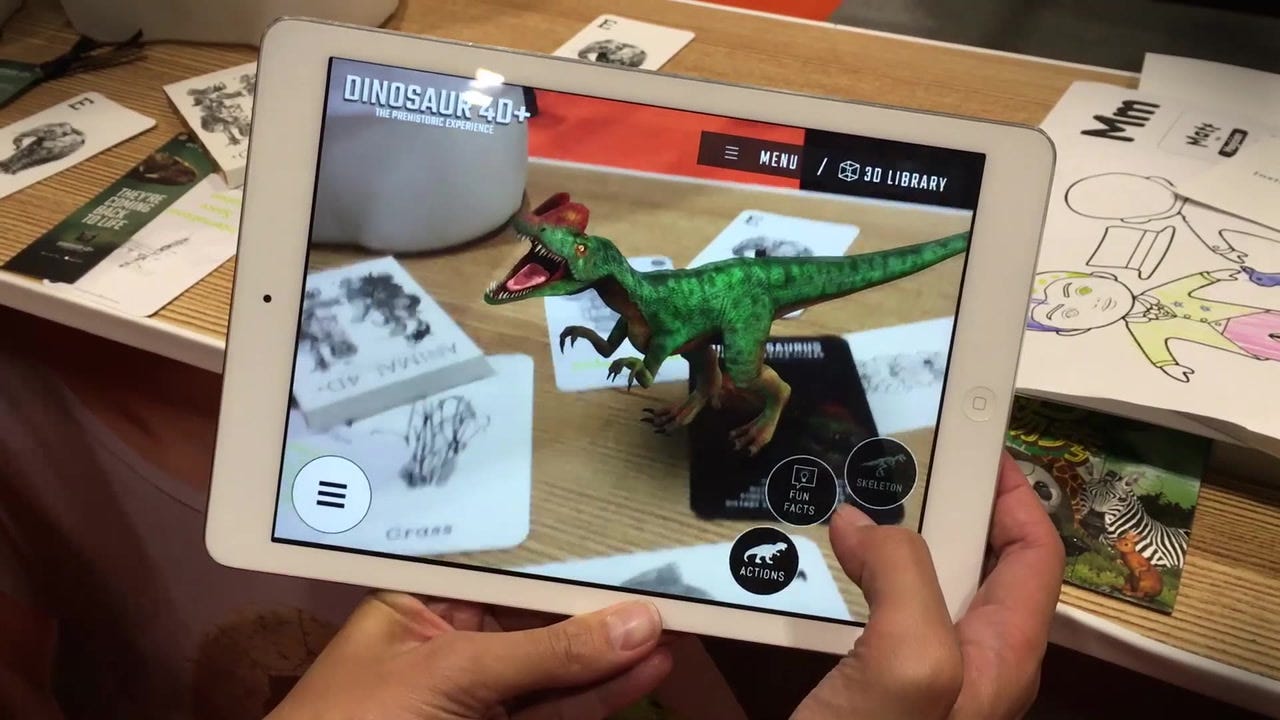With the growing age of technology and digital devices comes the growth of VR (Virtual Reality) and AR (Augmented Reality). The difference between the two is that AR places digital things in the context of real-world physical surroundings, while VR places the user in a complete digital world. Both have their place within education as technology continues to grow. Many classroom settings K-12 and even higher education find AR and VR to be useful. Both can help to replicate an otherwise expensive trip, such as to a historic site. These options are sometimes more cost-effective than implementing the actual trip or activity.
AR and VR can be used in a variety of subject areas in school. They can be used to simulate real-world medical scenarios without the risks or costs (for those looking into the medical field). They can simulate a classroom setting to test how one reacts to difficult classroom scenarios (this would be for someone looking into the field of education). They can mimic a historic site or monument and provide descriptions about it. All these and many more would be costly and sometimes risky to accomplish in real life, especially for students learning the subjects. For these virtual reality alternatives, it allows for good practice before taking it out into the real world.
A lot of the AR and VR lessons have the use of a headset to make it so that the user is more immersed in the environment. But many of these concepts can work on any device. Especially if just seeing the object and reading up on facts is the most important part, then having apps or computer programs that do just that without the use of a headset or other tools would work. For example, something about space. Even having an app on an iPad or computer that allows for a 360 degree viewing so you can read about the planets and constellations would work for students studying astronomy. In this example, it would allow the students to see and learn about outer space without actually having to physically go there (because that would be very close to impossible).
These kinds of AR and VR lessons can be used in any grade level, for any subject, and even for teachers. There are so many benefits to learning using AR or VR. If one doesn't want to go all-out and get all the fancy gadgets that some use, simply just downloading apps that incorporate a replica of that environment would be useful. In addition, students really enjoy using these kinds of things. Since their lives are already incorporated with much technology and that's what they are used to and what they are learning to use in the 21st century, the incorporation of this would build upon that and would make it more enjoyable for this generation. Also, in these VR scenarios, if one messes up or causes a disaster, it at least won't be in a real-world setting. Students can use these VR scenarios to do trial-and-error and learn from the errors. Then they'd be better prepared for doing it in the real world.
I think VR and AR in the classroom are very necessary in this day and age, and it will continue to expand throughout the 21st century and beyond. Kids and teachers will find it fun and beneficial, and the low costs as compared to the real thing are also a plus.





No comments:
Post a Comment